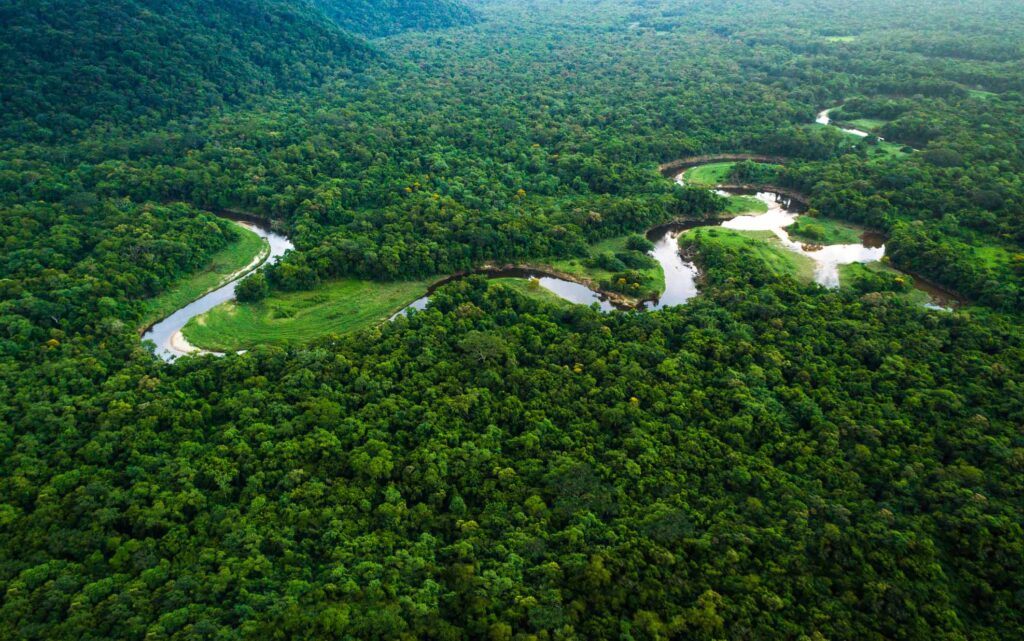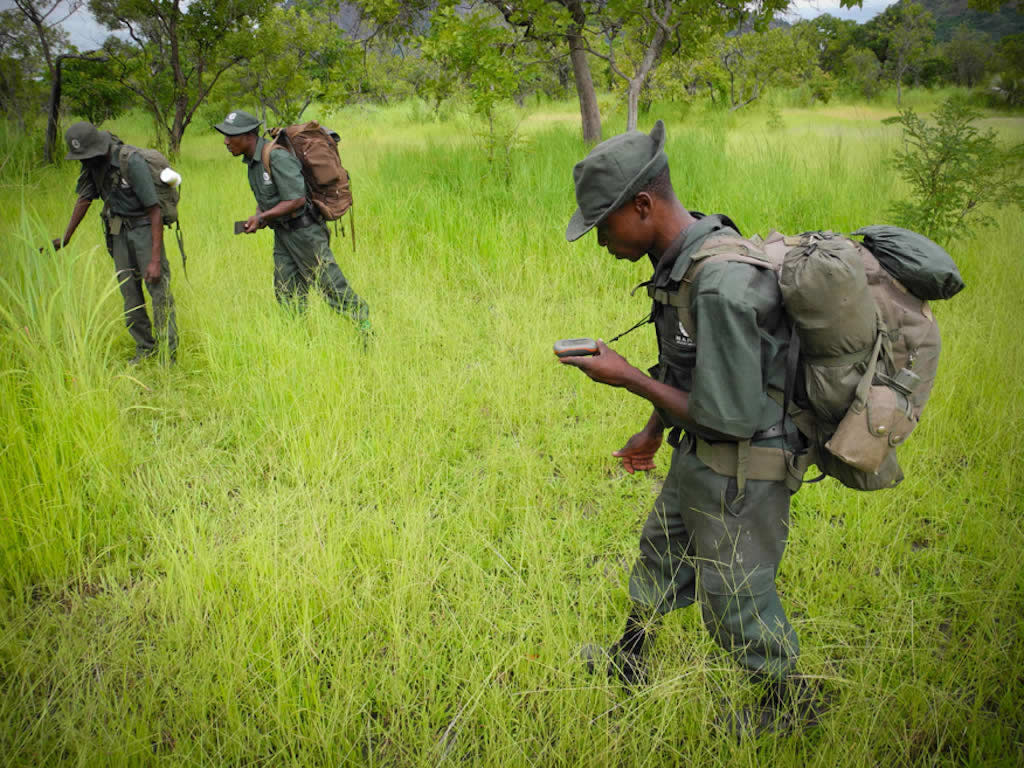As ecosystems and species face unprecedented threats from human activities, climate change, and habitat destruction, wildlife conservation is a crucial global issue. There are ongoing efforts to preserve and protect the world’s wildlife, with significant developments taking place in a variety of locations. This daily update provides an overview of the most recent wildlife conservation initiatives and news, focusing on the most important actions, obstacles, and achievements in the fight to save endangered species and preserve biodiversity.
Important Conservation Initiatives and Case Studies
1. Expansion of the Amazon Rainforest’s Protected Areas

The Amazon rainforest, also known as the “lungs of the Earth,” is a vital ecosystem that is home to numerous species. To protect this vital environment, recent efforts have focused on expanding protected areas.
Recent Happenings:
Several new protected areas covering millions of hectares in the Amazon have been announced by Brazil’s government. Preserving biodiversity and preventing deforestation are the goals of these areas.
These conservation efforts are heavily influenced by indigenous communities, and several indigenous territories have been granted official protection status.
These initiatives have been made possible by international support, which includes funding from environmental organizations and foreign governments.
Nature’s diversity:
The preservation of species that are endemic to the Amazon, such as the jaguar, the Amazon river dolphin, and numerous plant species, is anticipated to benefit significantly from the expansion of protected areas.
Because the Amazon rainforest is a significant carbon sink, absorbing a significant amount of CO2 from the atmosphere, these efforts are also essential to the fight against climate change.
2. Projects for rewilding in Europe Rewilding

The process of reintroducing native species into ecosystems to restore them to their natural state, is gaining traction in Europe as a crucial conservation strategy.
Important Tasks:
The Eurasian lynx, a species that has been extinct in the area for centuries, is being reintroduced in Scotland. A broader strategy to restore natural ecosystems and restore harmony between predators and prey includes this initiative.
The Iberian lynx, one of the world’s most endangered felines, was successfully reintroduced in Spain. Conservationists say that habitat restoration and anti-poaching measures are making the population grow steadily.
Projects are focusing on bison, wolves, and wild horses in other European nations like Romania and the Netherlands, which are also embracing rewilding.
Additional Implications:
Rewilding isn’t just about protecting species; it’s also about restoring ecological processes like natural grazing and predation that can make ecosystems healthier and more resilient.
Landscapes could be changed and new eco-tourism opportunities could be created as a result of these projects, which would help local economies and encourage conservation.
3. Efforts to Combat Poaching in Africa

Poaching and the Illicit Trade in Wildlife pose grave threats to Africa’s Wildlife, which includes well-known species like Elephants, Rhinos, and Lions. On the other hand, recent events give us hope for the future.
Recent Achievements:
Increased surveillance, the use of technology like drones, and stronger legal frameworks have all contributed to a significant drop in poaching incidents in Kenya.
Black rhino numbers have risen in Namibia as a result of coordinated conservation efforts that have included relocation to safer areas, community involvement, and stringent anti-poaching laws.
With a focus on international cooperation to reduce the demand for rhino horn in Asia, South Africa is continuing its fight against rhino poaching.
Obstacles in the Way:
Despite these successes, international demand for wildlife products keeps poaching a serious threat. Progress cannot be sustained without global cooperation and ongoing vigilance.
It is essential for local communities to participate in conservation efforts. Community-based strategies that offer financial incentives for wildlife conservation are supported by many conservationists.
Policy Creation and International Cooperation Countries are negotiating a new international agreement under the Convention on Biological Diversity (CBD) as part of ongoing efforts to address the global biodiversity crisis.
Important Goals:
The understanding means to set aggressive focuses for biodiversity preservation, including the insurance of 30% of the world’s property and seas by 2030, frequently alluded to as the “30×30” target.
Restoring degraded ecosystems, lowering pollution, and encouraging the sustainable use of natural resources are additional objectives.
Challenges and Progress:
Numerous nations have pledged their support for the “30×30” goal, indicating that negotiations have made progress. However, there are still disagreements, particularly regarding financing and the roles that developed and developing nations play.
Advocates emphasize the significance of respecting traditional rights and knowledge in order to make the issue of indigenous peoples’ and local communities’ participation in decision-making processes a major one.
4. Efforts to Fight the Illegal Wildlife

Trade The illegal wildlife trade is a multi-billion dollar industry that poses a serious threat to species all over the world. Both the supply and demand sides of this illegal trade are the focus of recent initiatives.
Global Initiatives:
New operations have been launched by INTERPOL and the World Customs Organization to disrupt wildlife trafficking networks. Numerous arrests and significant quantities of illegal wildlife products have been seized as a result of these efforts.
To combat the illegal trade in species like pangolins, tigers, and elephants, several nations in Asia have enacted stricter laws and enforcement measures.
Together with nations in Africa and Asia, the United States of America and the European Union are working to strengthen legal frameworks and increase penalties for wildlife traffickers.
Reduction of Demand and Public Awareness:
Campaigns to raise public awareness are making a big difference in cutting down on the market for illegal goods, especially in countries where there is a lot of demand for products made from wildlife.
These campaigns are increasingly involving celebrities and influencers, which aids in influencing public attitudes toward wildlife conservation.
Conservation Issues and Emerging Threats Wildlife and the Effects of Climate Change Climate change is quickly becoming one of the most significant threats to global biodiversity. Species and ecosystems are having trouble adapting to rapid changes in the environment.
Important Issues:
Habitats are being altered by rising temperatures and shifting patterns of precipitation, resulting in shifts in the distribution of species and the loss of essential ecosystems like coral reefs and polar regions.
Species that are already at risk, like polar bears, penguins, and fish that depend on coral, are more likely to die out.
Techniques for Conservation:
Conservationists are putting a greater emphasis on climate adaptation strategies like assisted migration, in which species are moved to habitats that are better suited to them.
A priority is also given to preserving and restoring ecosystems like mangroves and wetlands that serve as natural barriers against climate change.
5. Continually posing a significant threat

Native wildlife, invasive species continue to outcompete or prey on native species, disrupting ecosystems.
Recent instances:
Invasive species like feral cats and foxes, which have destroyed native marsupial populations in Australia, are being controlled. Predator-proof fencing and targeted eradication programs are examples of these efforts.
The spread of invasive Asian carp in the Mississippi River basin poses a threat to local fish populations and ecosystems in the United States. The carp are being prevented from reaching the Great Lakes, where they could further harm the environment, by the authorities.
Global Response:
The need for coordinated action to stop the spread of invasive species is becoming increasingly recognized by the international community. This includes increasing funding for management and research as well as tighter biosecurity measures.
In conclusion,
Efforts to protect endangered species, restore ecosystems, and combat threats like poaching, climate change, and invasive species continue to make wildlife conservation an essential global priority. Despite the fact that there are still obstacles to overcome, there have been significant accomplishments made possible by international cooperation, community involvement, and novel conservation methods. The world must maintain its commitment to preserving its rich biodiversity for future generations as these efforts continue. Stay tuned for more information about the most recent developments in worldwide wildlife conservation.



